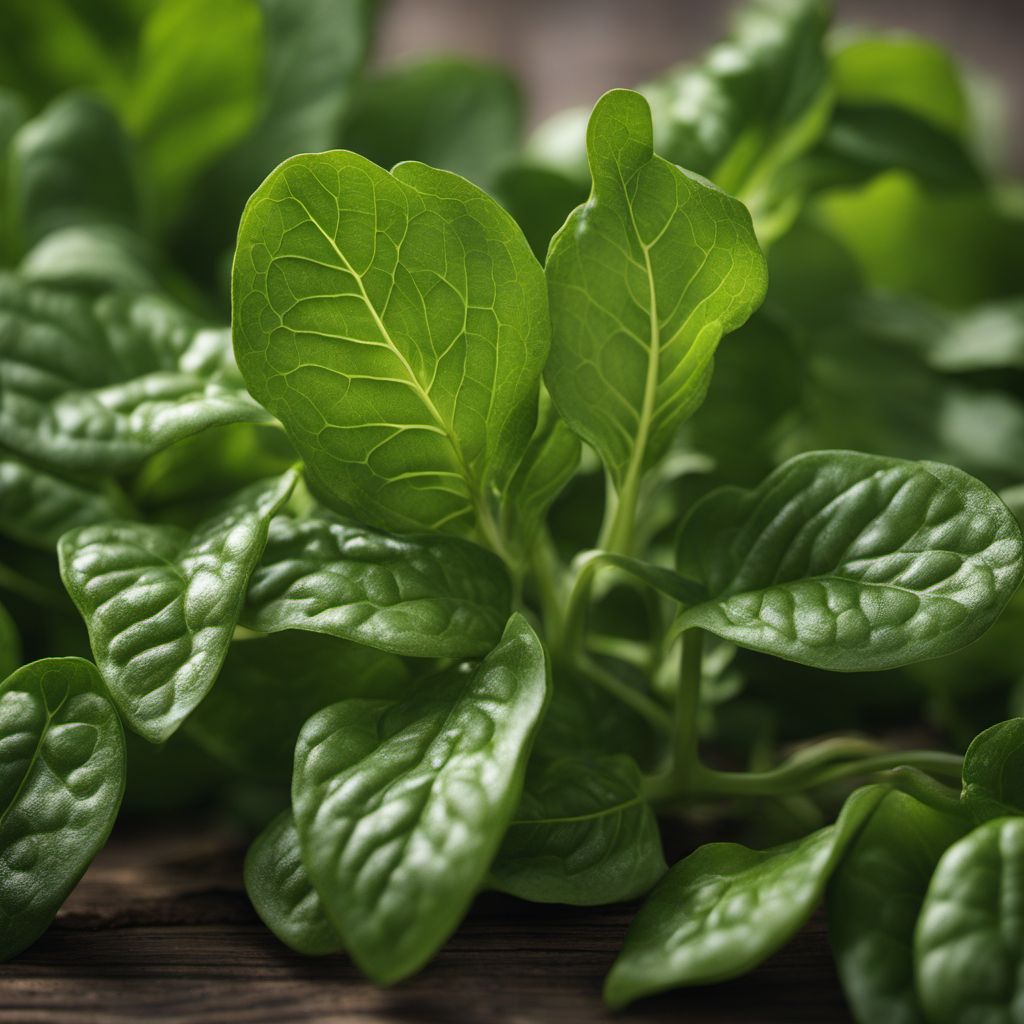
Ingredient
Garden sorrel
The Zesty Green Delight: Unveiling the Wonders of Garden Sorrel
Garden sorrel is a leafy green herb with vibrant, arrow-shaped leaves that have a distinct lemony flavor. The leaves are tender and slightly acidic, offering a refreshing and tangy taste. The texture of garden sorrel is delicate and crisp, making it a delightful addition to salads, soups, sauces, and even as a garnish. Its bright green color adds visual appeal to any dish.
Origins and history
Garden sorrel has a rich history dating back to ancient times. It is believed to have originated in Europe and Asia, where it was highly valued for its medicinal properties. The herb was used by the ancient Greeks and Romans for its diuretic and cooling effects. Over time, garden sorrel spread to other parts of the world and became a popular culinary ingredient in various cuisines.
Nutritional information
Garden sorrel is a nutritional powerhouse, packed with vitamins A, C, and K, as well as minerals like potassium and magnesium. It is low in calories and rich in antioxidants, making it a healthy addition to any diet.
Allergens
Garden sorrel may cause allergic reactions in individuals who are sensitive to oxalates. It is advisable to consume it in moderation or consult a healthcare professional if you have any concerns.
How to select
When selecting garden sorrel, look for fresh, vibrant leaves that are free from wilting or discoloration. Avoid leaves that appear yellow or have brown spots. Opt for organically grown sorrel whenever possible to ensure the absence of pesticides or chemicals.
Storage recommendations
To maintain the freshness of garden sorrel, store it in a plastic bag or airtight container in the refrigerator. It is best to use it within a few days of purchase, as the leaves tend to wilt quickly.
How to produce
Garden sorrel can be easily grown in a home garden or even in pots. It thrives in well-drained soil and prefers partial shade. Sow the seeds in early spring or late summer and keep the soil moist. Harvest the leaves when they are young and tender for the best flavor.
Preparation tips
Before using garden sorrel, wash the leaves thoroughly and remove any tough stems. The leaves can be used raw in salads or added to soups, sauces, and omelets for a tangy kick. It is important to note that garden sorrel loses its vibrant color when cooked for an extended period, so it is best to add it towards the end of the cooking process to preserve its flavor and appearance.
Substitutions
If garden sorrel is not available, you can substitute it with spinach or arugula, although the tangy lemon flavor will be missing.
Culinary uses
Garden sorrel is a versatile ingredient that can be used in a variety of culinary applications. It adds a refreshing twist to salads, pairs well with fish and seafood, and can be used to make tangy sauces and soups. It is also commonly used in French cuisine, particularly in classic dishes like sorrel soup and sorrel sauce for fish.
Availability
Garden sorrel is commonly available in Europe, North America, and parts of Asia. It can also be cultivated in home gardens or purchased from farmers markets.

